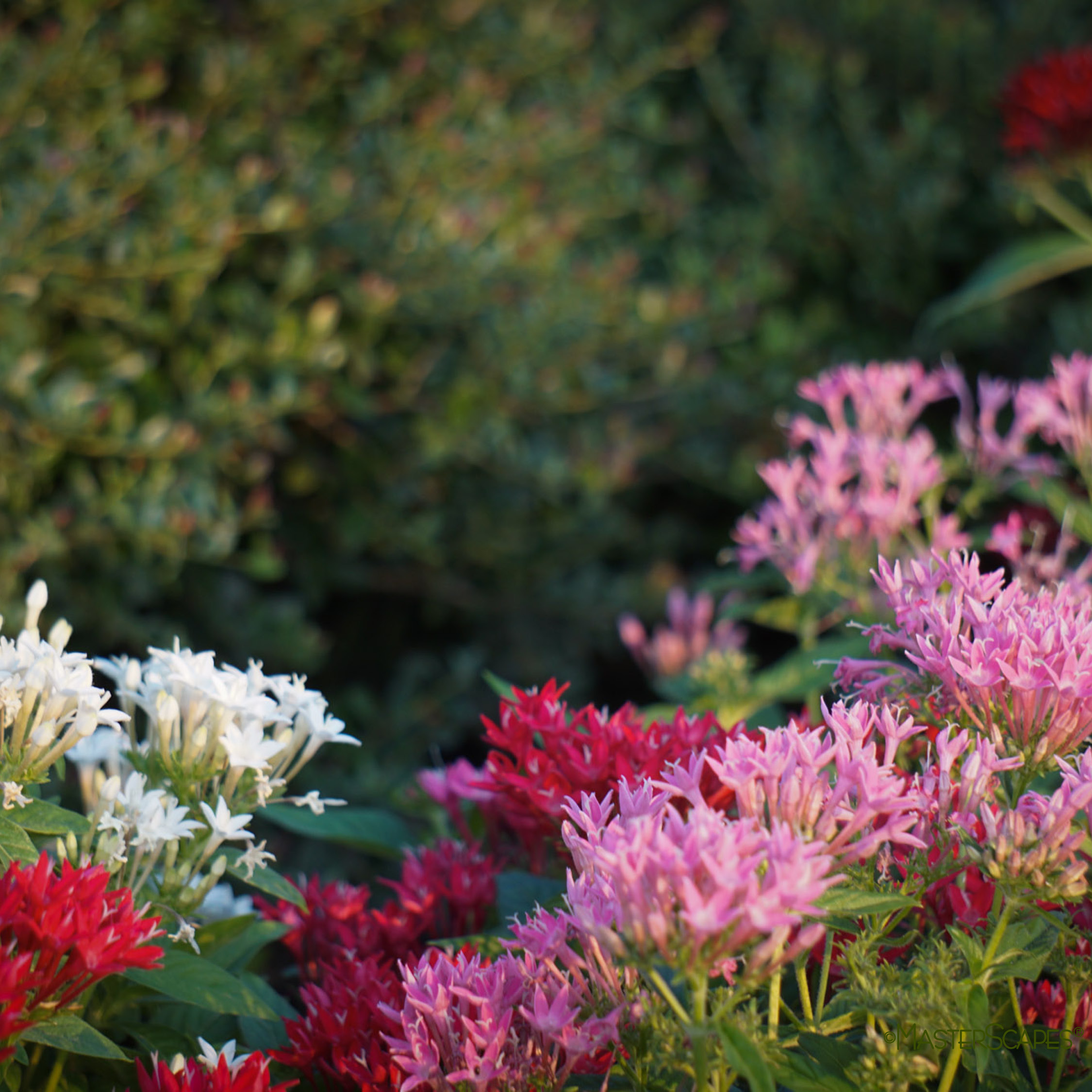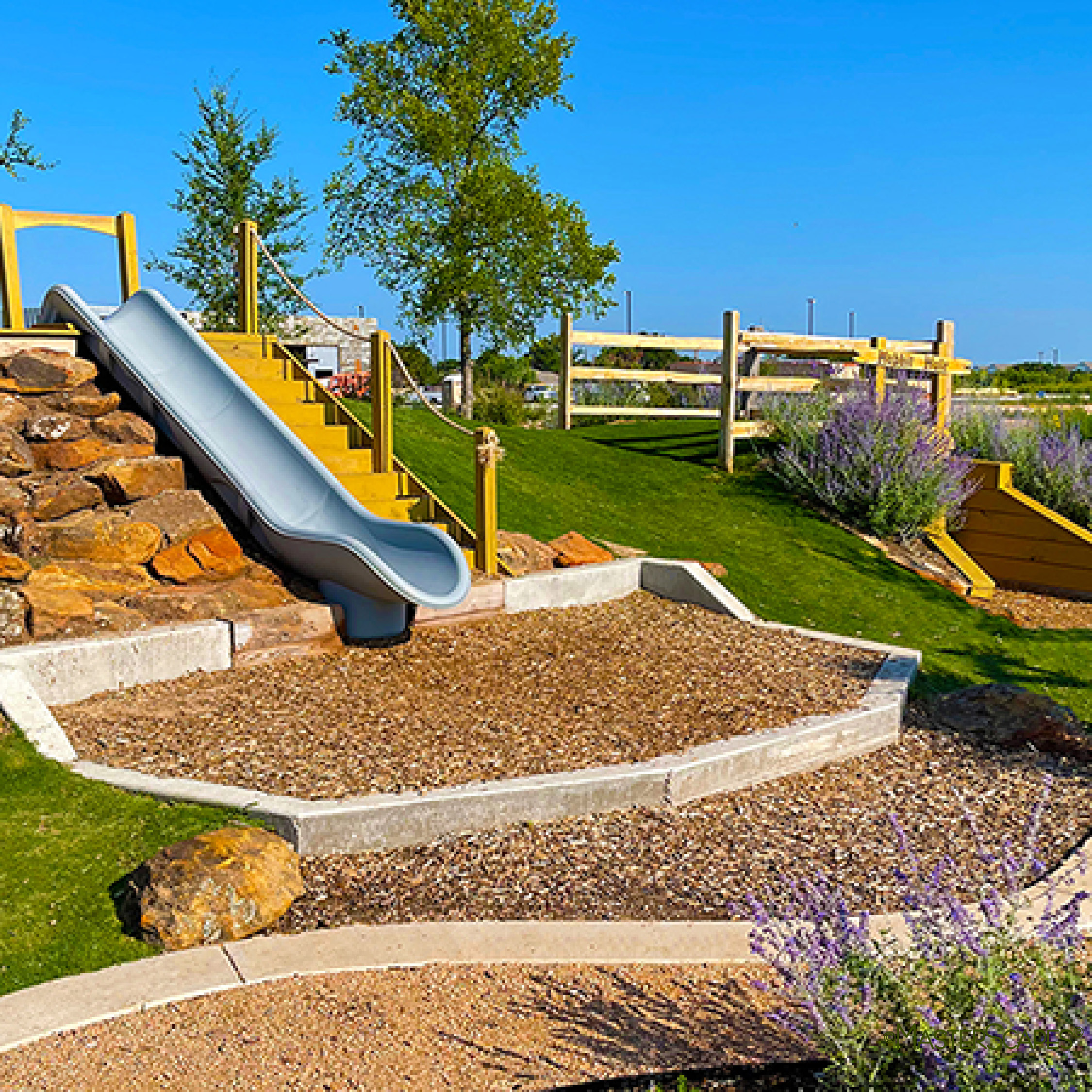The Importance of Watering your Lawn in the Winter
Designing, creating, and maintaining outdoor spaces since 1992!
Contact Us Today

Residential

Commercial
Our Services
Design

Create
Maintain
Watering your lawn during the Winter is important
There are many factors to consider when watering your lawn, such as the type of grass, the type of soil, and the temperature.
During the Winter, ryegrasses and fescues thrive. Grass-like these prefer cooler temperatures but still require regular watering if it does not rain.
It is not uncommon for warm-season grasses, such as St. Augustine or Bermuda, to go dormant during the Winter months as the temperature drops. Dormant grass requires less water, but periodic watering is still necessary, even if it stops growing.
The amount of water needed by lawns in Spring and Fall is usually half that of Summer. You can adjust your sprinkler system to reduce water usage during the regular Winter months, usually between November and March. Because of shorter days and cooler nights during Winter, lawns require less water to remain healthy.
Water needed in your lawn depends on the amount of water in the soil, which depends on how much rain falls. Even in the Winter, in dry periods, it is suggested to turn on sprinklers early in the morning before sunrise when temperatures are above 40 degrees. The sun’s heat will allow the water to soak in before evaporating. It may be best to wait until midday before watering if temperatures are below 40 degrees. Don’t water if it has just rained or if it is expected to rain.
The slower grass growth during the colder months means fewer waterings and mowings are needed. It is important to watch your lawn closely to determine when it is time to turn the irrigation on or off. When watering, avoid saturating the soil and allowing water to run off. Wet only the root zone area. It is likely that your grass is suffering if it has not received at least 1/4-1/2 inches of rain over the past few weeks, especially if the area is sunny and has high foot traffic.
What Makes Us Unique

Professional




Capable




Relational
From Our Clients












Our Work













Our Process




